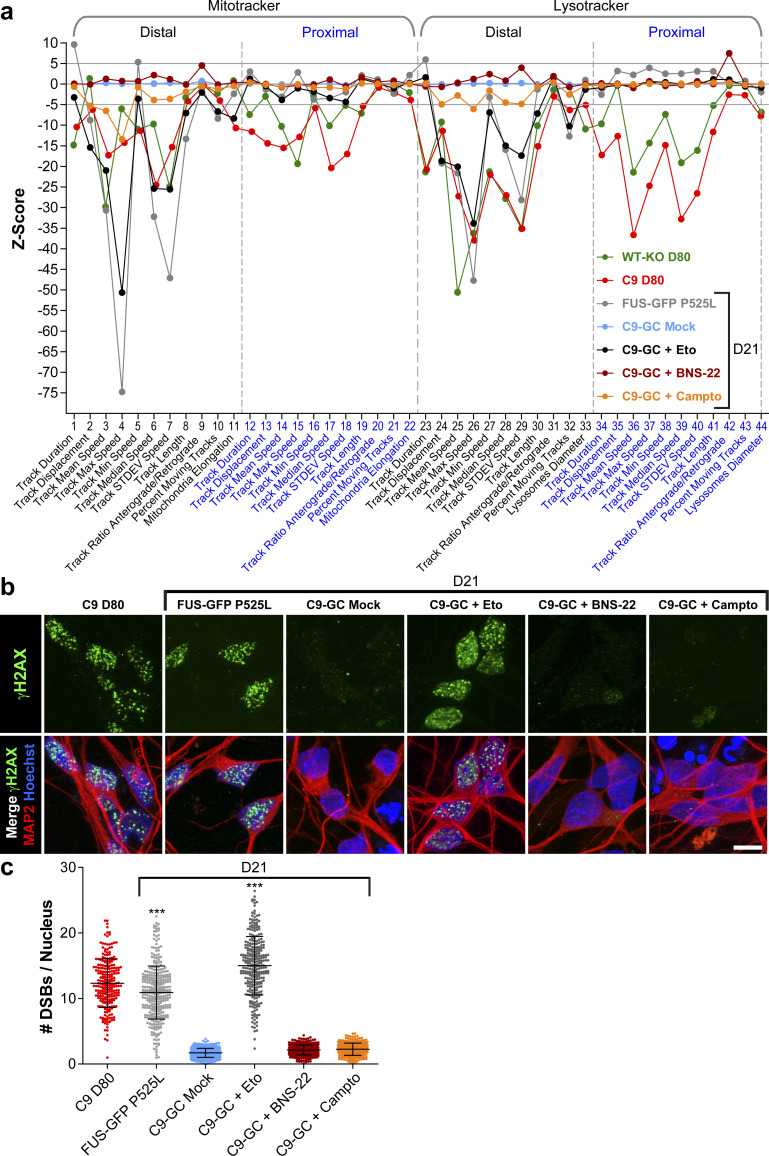Figure S9. Induction of DNA damage with different DNA topoisomerase inhibitors did not phenocopy C9ORF72 high content profiles.
(A) Multiparametric high content profiles were deduced at D21 for C9-GC as in Figs 1 and 3 either treated with DMSO (Mock, in light blue), or Etoposide (Eto, in black), or BNS-22 (in brown), or Camptothecin (Campto, in orange). The profile of C9 (in red) and WT-KO (in green) at D80 was added as reference for concomitant distal and proximal trafficking defects in aged spinal MNs as opposed to the profile of FUS-GFP P525L (in grey) as reference for exclusive distal defects in FUS amyotrophic lateral sclerosis. Note that none of the three topoisomerase inhibitors phenocopied the C9 profile (in red), especially not the proximal parts. Conversely, only Eto (in black) caused exclusive distal defects reminiscent of FUS amyotrophic lateral sclerosis. (B) IF staining for γH2AX confirmed augmented DNA double-strand breaks (DSBs) (in green) caused through Eto treatment in Hoechst-positive nuclei (in blue) of MAP2-positve spinal MNs at D21 (in red) whereas BNS-22 or single-strand break inducer Campto left DSBs unaltered. C9 at D80 and FUS-GFP P525L lines were added as reference for augmented DSBs. (C) Quantification of DSBs in (B) in MAP2-positive neurons (count of γH2AX-positive foci per nucleus) displayed as scatterplots of individual nuclear foci counts with mean (center line) and SD range (whiskers) indicated in black. Note the augmented DSBs upon Eto, but not BNS-22 and Campto treatment. Asterisks: highly significant increase in any pairwise comparison with unlabeled conditions, one-way ANOVA with Bonferroni post hoc test. *P ≤ 0.05, **P ≤ 0.01, ***P ≤ 0.001, N = 60 images from three independent experiments.

